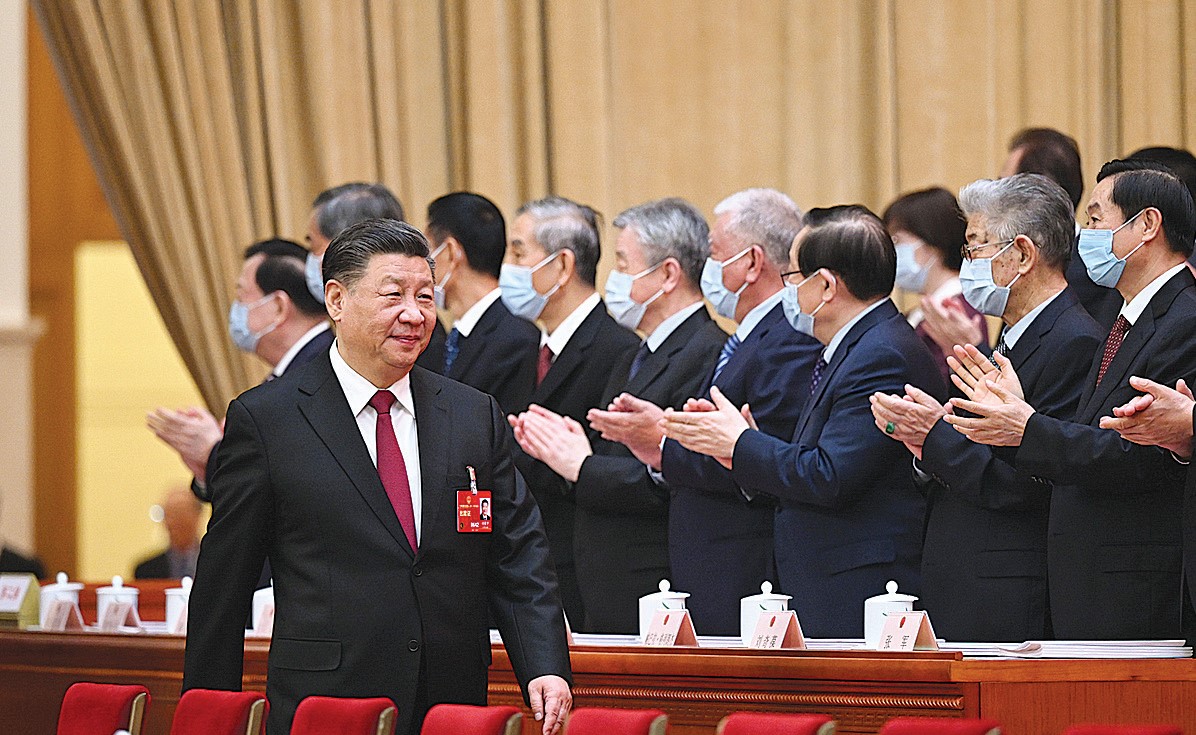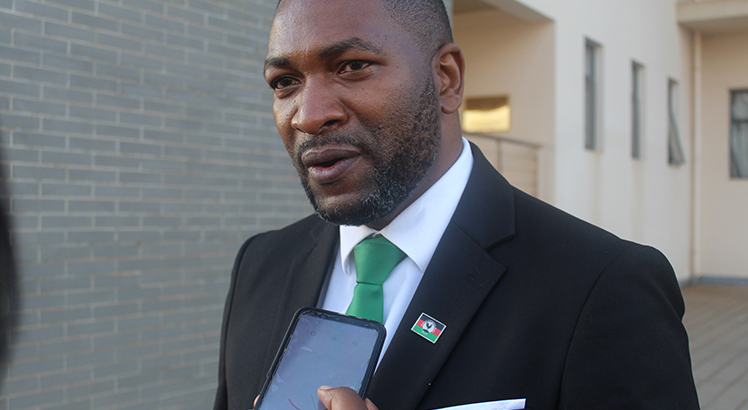E-Governance: Two years on

To improve delivery of public services, government, in 2011, established a department of e-government in the Office of the President and Cabinet. Two years on, how has the journey been? EPHRAIM NYONDO explores.
Electronic government, shortened as e-government, is not just the use of technology in improving delivery of public services and reducing operations cost. It is a part of a broader e-governance concept.
According to Unesco, e-governance is the public sector’s use of information and communication technologies with the aim of improving information and service delivery, encouraging citizen participation in the decision-making process and making government accountable, transparent and effective.
The concept involves new styles of leadership, new ways of debating and deciding policy and investment, new ways of accessing education, new ways of listening to citizens and new ways of organising and delivering information and services.
In fact, e-governance is generally considered as a wider concept than e-government, since it can bring about a change in the way citizens relate to governments and to each other. Its broader objective, hence, is to engage, enable and empower the citizen even better.
Since the early 1990s when the concept cropped up, a number of developing countries are beginning to adopt it, according to a 2010 report titled E-Governance and Developing Countries.
Malawi, however, only joined the club in 2011.
With a mandate to lead, coordinate and manage information and communication technology (ICT) development at all levels for the improvement of public service delivery, e-governance in Malawi, mostly seen in the prism of e-government, is institutionalised.
Operating as a department under the Office of the President and Cabinet (OPC), the department is headed by the principal secretary and has two divisions namely, Policy Planning and Programmes and Information Systems and Technology Management Services.
The department is in all ministries and departments through ICT units. The department also works closely with the Ministry of Local Government which has Management Information Systems Officers (MISos) in all district councils.
According to Principal Secretary in the department, Olive Chikankheni, in the two years the department has been around, there has been notable progress.
“We have a government website that provides information to the general public. There is Internet in most government offices that enables fast and cost effective communication systems,” Chikankheni says.
She adds: “Several services gave been computerised. These include the human resources and payroll system; financial management through the Integrated Financial Management Information System (IFMIS); passport issuance system and vehicle registration and licensing systems.”
However, according to Kondwani Chikadza, a political researcher with Institute for Policy Research argues that the department has a long way to go to take the nation to the fruits of e-governance.
“Most government services, for instance, in immigration, e-national registration and identification system, geographic information system, electronic document management system, e-learning platform for the public sector, continue to be defined by long queues and are also difficult to access because you cannot easily find them on the Internet,” he says.
Bambi Chinyopunyopu, a lecturer of political studies at Shareworld Open University, argues that despite having a government website, the information is barely updated.
“You go to a government website and all you find is old information. You wonder as to what use is the website if you can’t find recent information?” he says.
He adds that this is not just for the government website.
“The challenge of having unupdated websites is common in government departments and institutions. Even worse, we don’t have mechanism in these websites where we can connect with our leaders,” he says.
Chikankheni, however, argues that the highlighted initiatives require a substantial amount of financial resources to implement.
She, however, advances that apart from the resource challenge, there are a number of other challenges that the department is facing.
“We experience continued vandalism and theft of ICT infrastructure such as copper and fibre optic cables.
“The department has noted with concern the abuse of the electronic systems that government has been implementing through fraud and theft. For example, the IFMIS has been used for fraudulent and abuse of public funds,” she says, while appealing to the public to endeavour to safeguard the ICT infrastructure that has been put in place.
Intermittent power supply, she also explains, is another critical factor.
“The country is facing intermittent power supply and this affects the effective functioning of electronic systems since they are dependent on stable power supply,” she says.
Apart from inadequate professional ICT skills of some of the ICT officers in the civil service which affects the provision of technical support to systems, Chikankheni cited high internet costs as another hurdle the department is facing.
“The cost of internet currently is expensive. As such, the department provides inadequate internet to the civil service which becomes very slow due to high demand,” she explains.
With the drafting of the electronic legislation called ‘E-bill’ almost done and now awaiting input from institutions and individuals before Parliament passes it into law, Chikankheni, is optimistic that her department, with time, can make a difference in the country.
“We are doing our best by writing proposals to various cooperating partners to support our initiatives,” she said.





